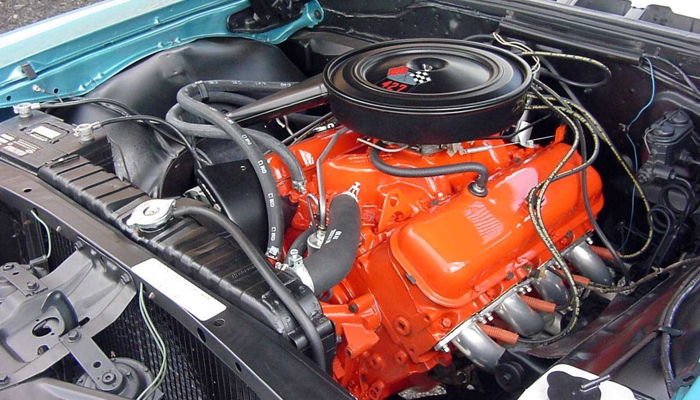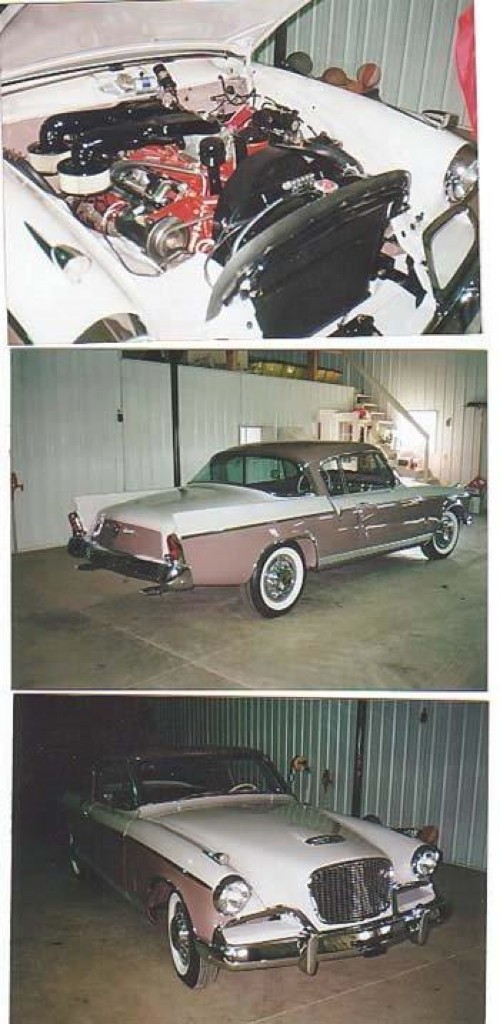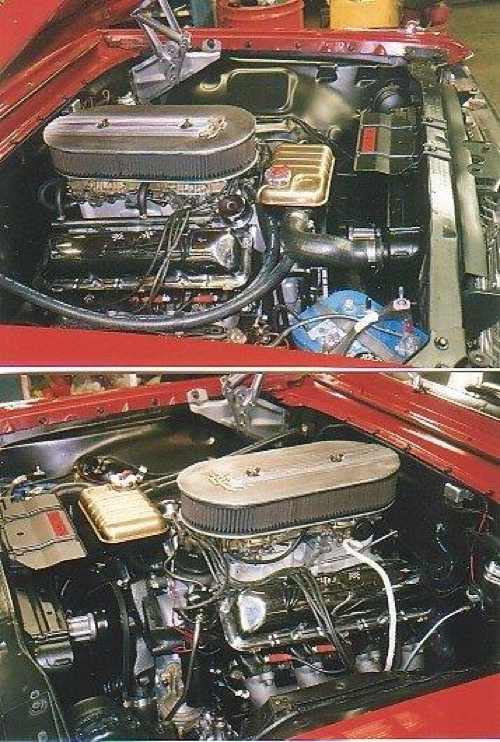
I have not worked on everyday, common engines for years. Everyone who comes into my shop is a hobby-level special car enthusiast. I build all types of performance American brand engines. A huge part of my business has become building and rebuilding engines for classic cars, which it turns out, there is an adequate market for engine builders. Most classics I do are ‘60s to ‘74 muscle car engines with some ‘50s thrown in. However, there are a few engines I do that are non-high performance classic car engine restorations.
There seems to be a lot of controversy as to old car definitions – I guess it depends where you look. Check out definitions for vintage, classic, pre-antique, and antique cars on the Internet and you will see what I mean. The most realistic definitions in my opinion are from the Antique Car Club of America. This is what they currently define:
Vintage: 1920 to 1950
Classic: 39 to 49 years old
Pre Antique: 50 to 99 years old.
Antique: 100 years +

Before going any further, I need to explain my opinion of the definition of a “muscle car.” There are many experts that advocate the advent of the ‘64 GTO defines the beginning of the muscle car era because it was the first non full-size sedan with a big block engine. In my opinion, any factory vehicle that was produced with extra-high performance attributes under the hood defines a muscle car. Even factory performance vehicles before the 1951 Hudson Hornet would qualify.
To be successful dealing with classic clients, I have found it is very important to strive to please the client’s dream of what they want. They hire me to share their dream, and bring it to life, which I love doing.
I have noticed there seems to be three levels of thinking with old car clients. These are my own definitions.
1. “Purist” – The purist wants everything all original as much as possible, mechanically and cosmetically.
2. “Semi-Purist” – This client usually wants more performance than original, but wants it hidden internally, perhaps using a stroker kit and bigger cam, but keeping the appearance cosmetically pristine and OEM looking.
3. “Resto Rod” Person – Anything goes. This person usually wants a lot of modern creature comfort conveniences added in. Some Resto Rod enthusiasts even swap to a modern engine like a LS7, and Tremec 5 and 6-speed transmissions.

Myself? I would say I lean toward being a purist or semi-purist. I want to experience and recall the magic of nostalgia and appreciation for what those original vehicles really were. That is my bag. But to each their own.
Lets talk about the variety of engines involved with all the types of classic cars, and where to find not only the parts, but the know-how to restore and rebuild them.
Beyond old guys like me who lived those days as mechanics and owned many of those cars, old motor manuals, magazine articles and parts books are valuable. But I find the Internet is the most valuable tool there is. Yet be aware, the client is looking there also.
Be careful what and where the info comes from. Especially on Internet message boards and selling venues. These can lead a person astray with unintended bogus facts. Try to never rely on hearsay. Know the true facts as much as possible.
Another warning – the client may not want to hear the true facts. So tact is very important. You may need to gently break to your client that his 427 Ford is not a High Riser as he thought for so many years, or his treasured 1968 Chevy Camaro 396 engine is only a 325HP version – not the 350 version he was told.
I have been through many of these true fact trials and tribulations with clients, and even with my own stuff.
If rebuilding a classic engine as a pure original, many suppliers have parts available. Even some local parts stores may surprise you as to what is still available. Always check. Again the Internet is your best friend. Other sources are car clubs, shows and swap meets.
Another fact to face is that the client is in love with a dream, and may have researched his project to the extreme. Don’t blow what he has found off. Through the client’s dedicated, targeted search and research, he may know some valuable facts you don’t. But again, beware of hearsay.
As for reproduction parts, the age of exotic CNC-machines has been a boon. For the past 10 years, when I redo classic/vintage heads, new polished stainless valves are available at a decent price. Rare pistons can be made for anything, and quicker.

If you are dealing with a semi-purist, there are stroker engine kits out the wazoo to choose from. Most of the cam grinders have repro purist cams and stroker cams to match the bigger cubes.
Be careful when rebuilding those old original engines to stay with the recommended specs the manufacturer provides if you’re using reproduction pistons. Some of the newer piston materials, even the newer forged pistons, may require tighter piston-to-wall clearance. Call the manufacturers to be positive on all specs.
Be sure to use the correct lubricants. Be aware that 5-30 or zero weight oil does not play well with old classic .002˝ plus bearing clearances. Most old engines will come with flat tappet hydraulic or solid lifter cams. Be sure to use oil and additives with zinc phosphate to reduce cam lobe wear. That 5-30 with lower zinc type oil is for modern cars, not 50 year old engines.
Needless to say, the type of detailing required is mandated by the level of the project. If it is a purist or semi-purist job, the detail needs to be classic correct. Paint needs to be the correct colors and in the correct places.
The Resto Rod engine is much easier to detail. Anything agreeable with the client goes. Usually, lots of shiny chrome and aluminum, special brackets, fasteners and pulleys get used. Perhaps the build gets loaded with exotic aftermarket multiple carbs and intake, special ignition, exhaust and a blower or turbo.
I have noticed out of all three of these categories, the classic clients are easiest to deal with. Many shops are missing the boat and do not like to deal with old engines.
My clients seem happy to find someone who will do the work and cares about their dream. And most of my clients pay well, and never even ask how much the total cost might be or when the project will be done. They only ask, “How much do you need to start?”








